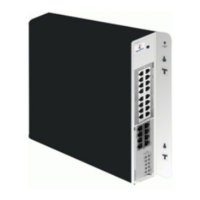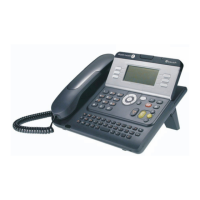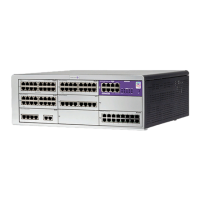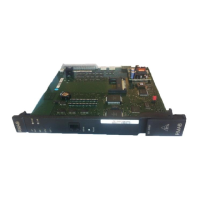Figure 1.5: OmniPCX Office RCE Compact
Note:
The Mini-MIX daughter board requires BACKXS-N back panel and PSXS-N power supply module. The
Mini-MIX daughter board can be used only in an OmniPCX Office RCE Compact or, in case of migration
from R7.1 or lower, in a Compact Edition 2nd Generation, equipped with a PowerCPU board.
1.3 Protection against Interferences
1.3.1 Protection against Interferences
Notice to the attention of the users and installer:
USA - FCC (Federal Communication Commission)
This equipment has been tested and found to comply with the limits for a Class B digital
device, pursuant to part 15 of the FCC Rules. These limits are designed to provide reasonable
protection against harmful interference in a residential installation. This equipment generates,
uses and can radiate radio frequency energy and, if not installed and used in accordance with
the instructions, may cause harmful interference to radio communications. However, there is
no guarantee that interference will not occur in a particular installation. If this equipment does
cause harmful interference to radio or television reception, which can be determined by turning
the equipment off and on, the user is encouraged to consult the installer or service person.
Changes or modifications to this equipment, not expressly approved by ALCATEL-LUCENT,
1-5

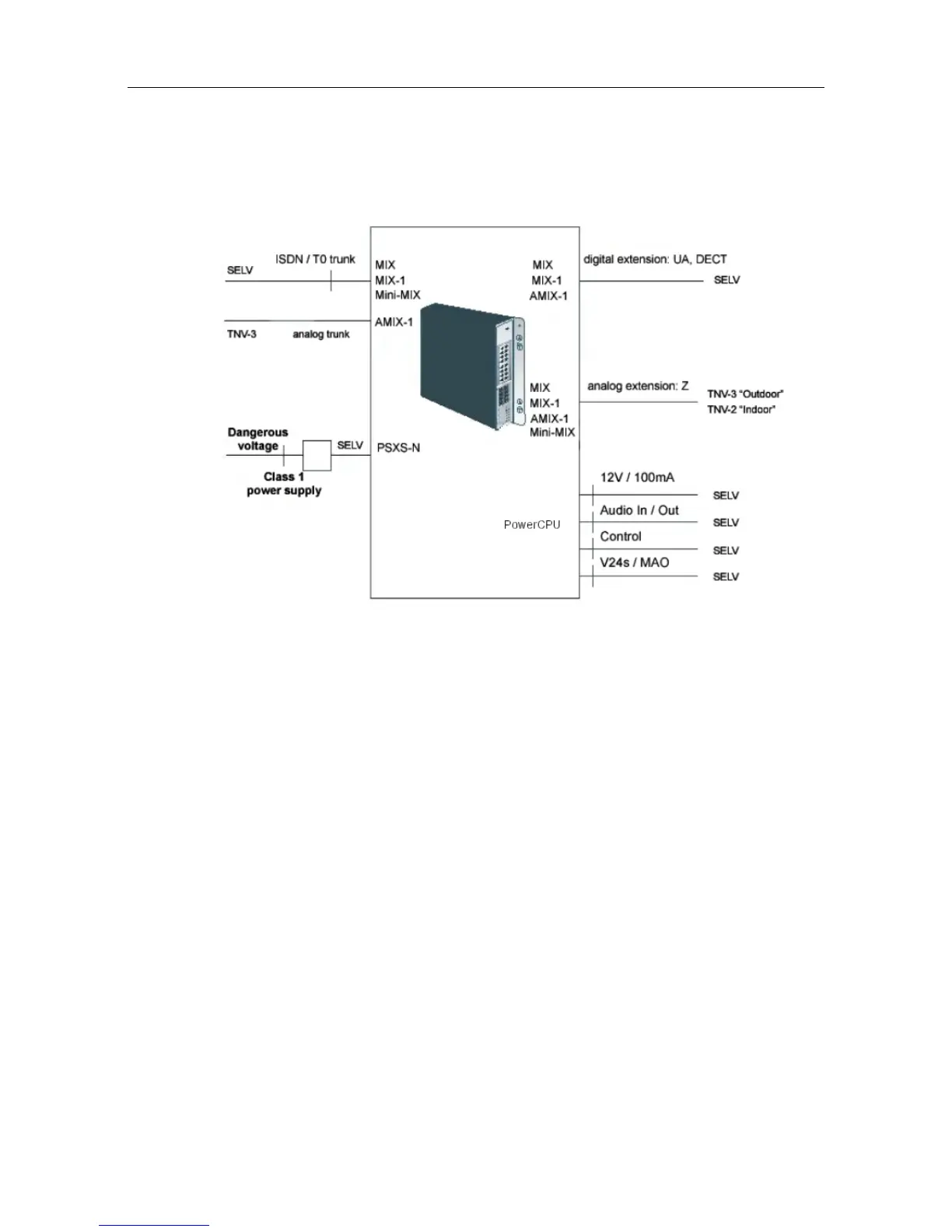